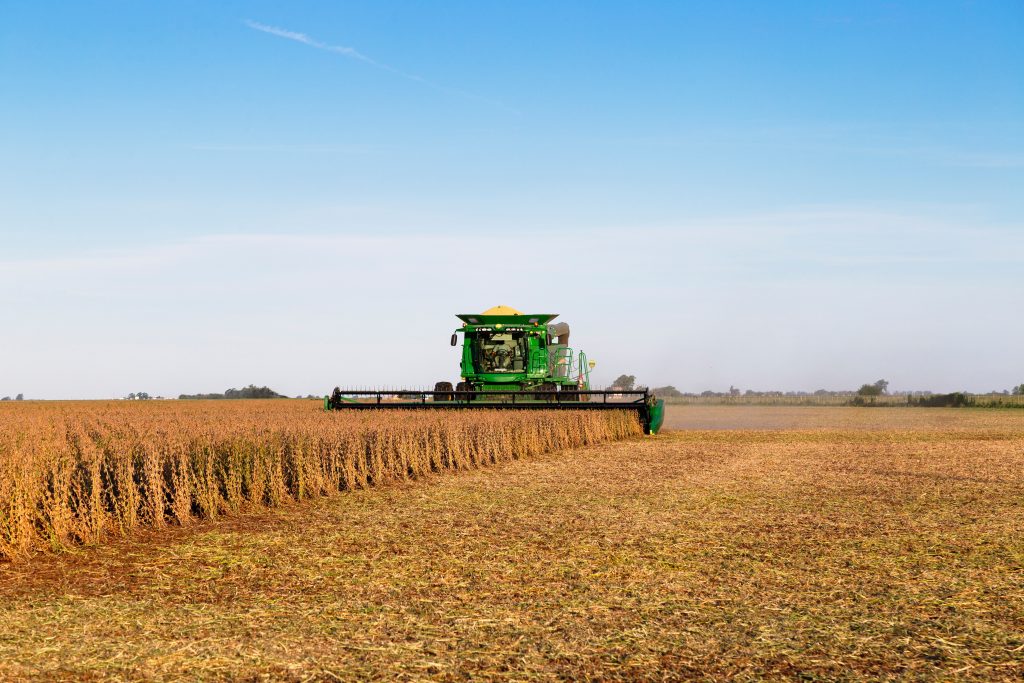
Crop Scientist Connor Sible shared key agronomic findings with Farm Broadcaster Todd Gleason, on soybean and corn management, emphasizing the critical relationship between planting dates and fertilizer effectiveness, and providing advice as the harvest season approaches.
The Value of Early Soybean Planting
The discussion highlighted the strategy of prioritizing soybeans for early planting, often before the corn crop.
- Yield Advantage: Early planting of soybeans consistently leads to higher yield potential, although it may not always produce the absolute highest yield in every single year.
- Sequential Planting Strategy: Planting soybeans early, possibly when soil temperatures are cooler and corn would struggle, establishes the bean crop first. This opens the “prime window” for corn planting later, allowing the corn to get a good, quick start in better conditions.
- Trade-Off: This sequential strategy offers a favorable trade-off for overall farm efficiency and risk management.
Unexpected Fertilizer Responses
A key insight from Sible’s research involved the interaction between planting timing and nutrient management:
- Counter-Intuitive Response: Sible noted that later-planted soybeans often exhibited a better fertilizer response compared to early-planted soybeans.
- The Theory: This seemingly counter-intuitive result is attributed to the speed of growth. When soybeans are planted later, they grow rapidly, and the soil struggles to keep up with the nutrient demand of the fast-developing crop, making the application of supplemental nutrients like phosphorus (P) and sulfur (S) more beneficial and visible.
- Nutrient Focus: The research Sible’s team is focused on involves phosphorus and sulfur applications, clarifying that they are not currently focusing on nitrogen work on soybeans (a separate area of study by other researchers).
Preparing for Harvest
As the conversation concluded, Sible offered immediate advice for farmers preparing for the fall harvest:
- Seed Size Concern: Observations suggest that both corn and soybean seed sizes might be smaller than usual this year.
- Minimizing Harvest Loss: Sible stressed the need for farmers to carefully monitor their harvest equipment. He advised them to “walk behind those combines” to ensure the machinery is properly set to capture the maximum amount of the smaller seeds, minimizing harvest losses.

















